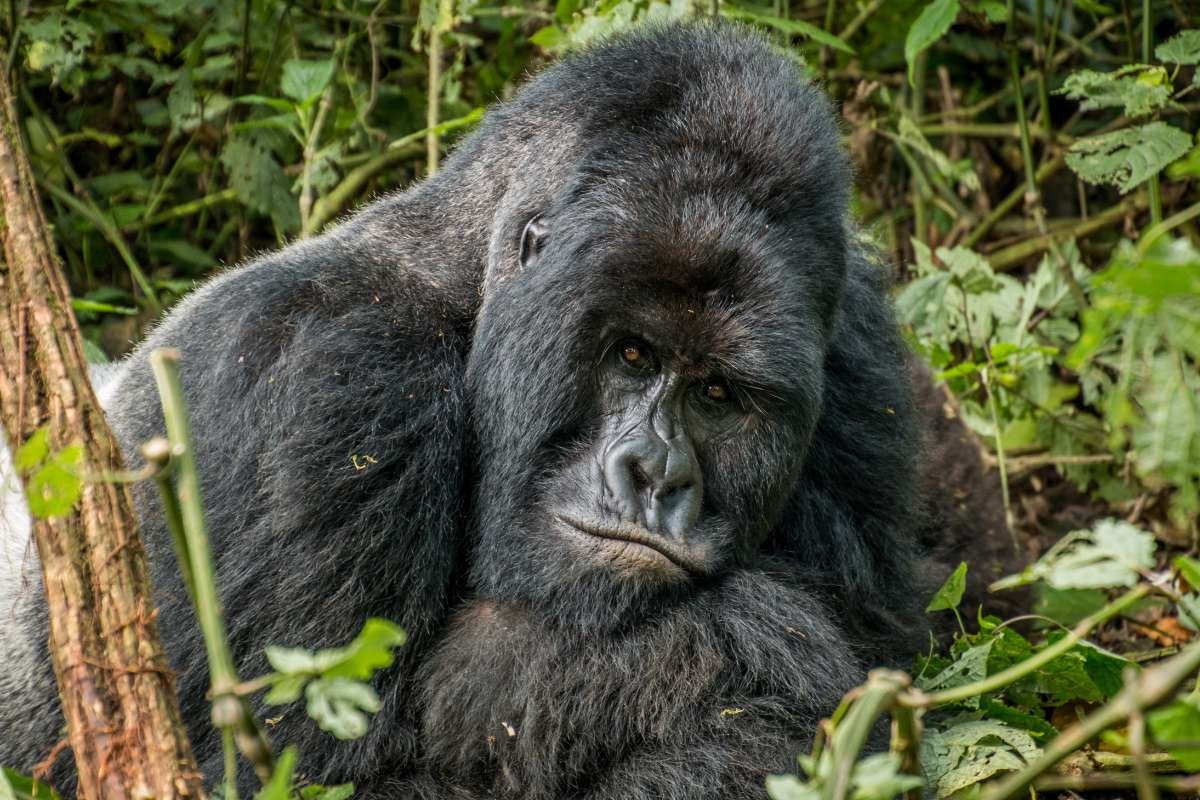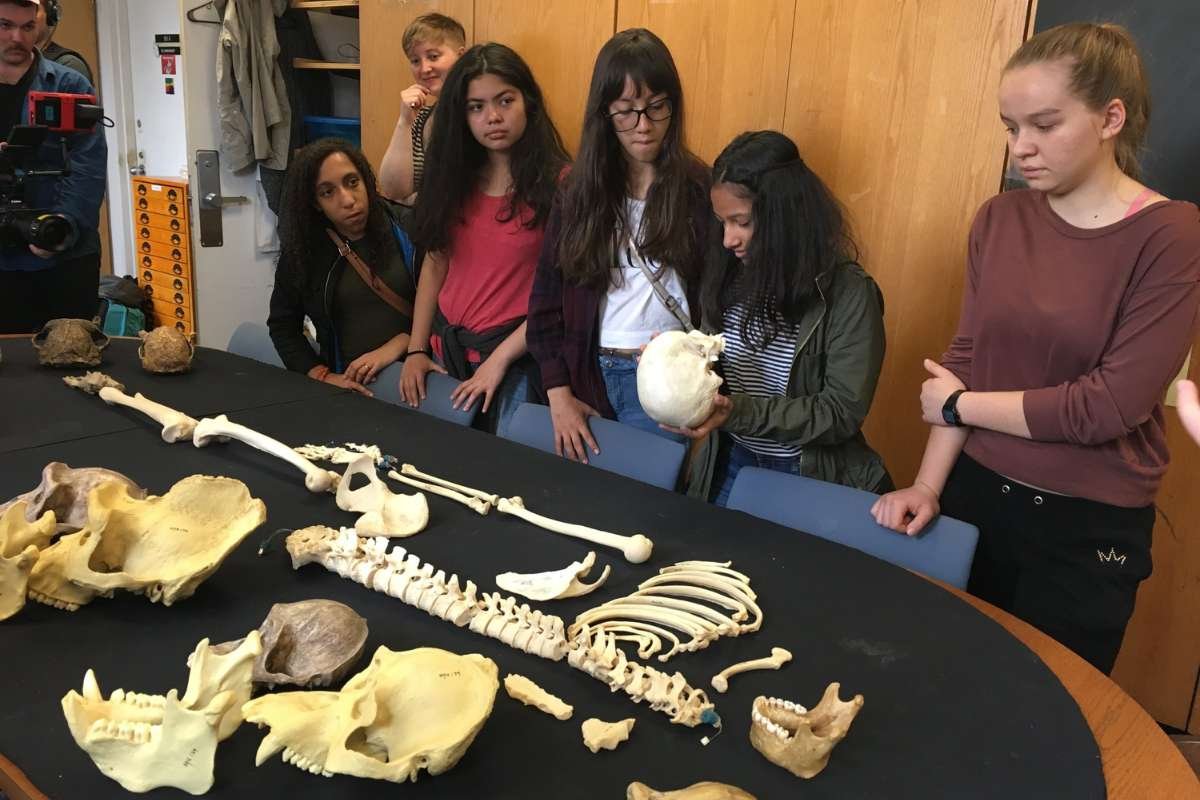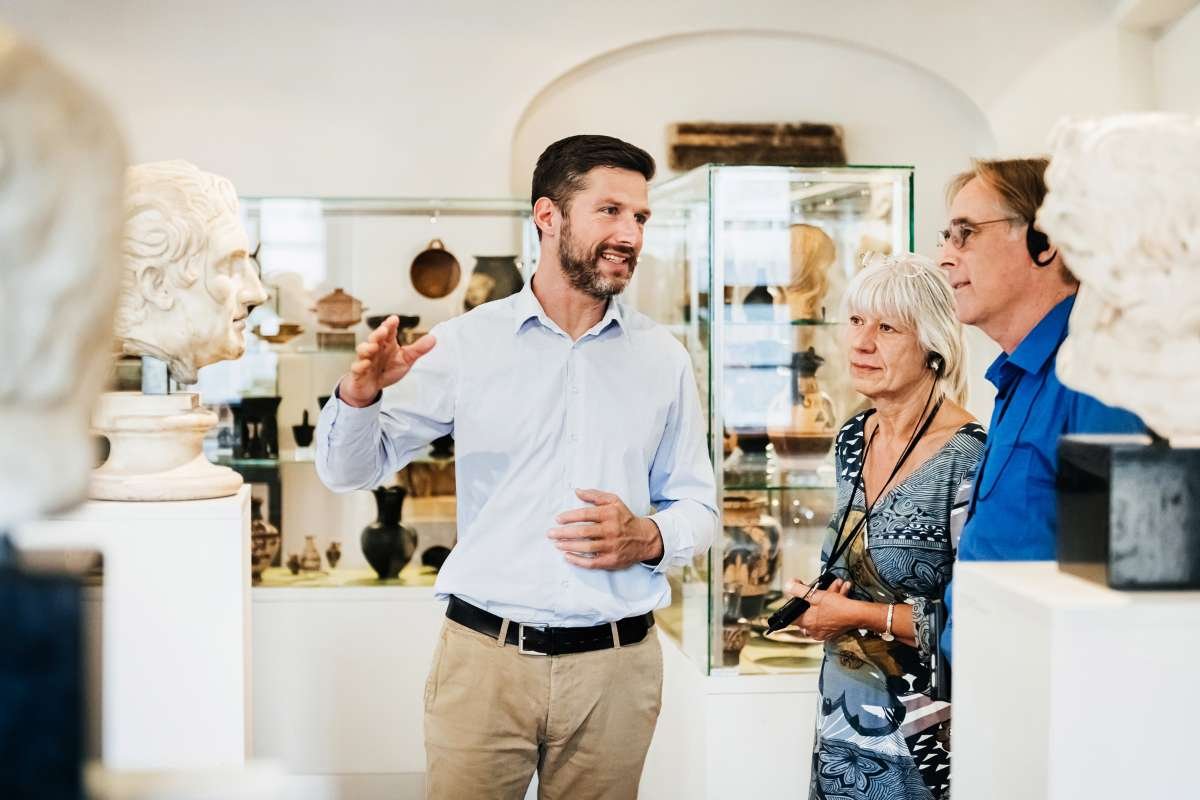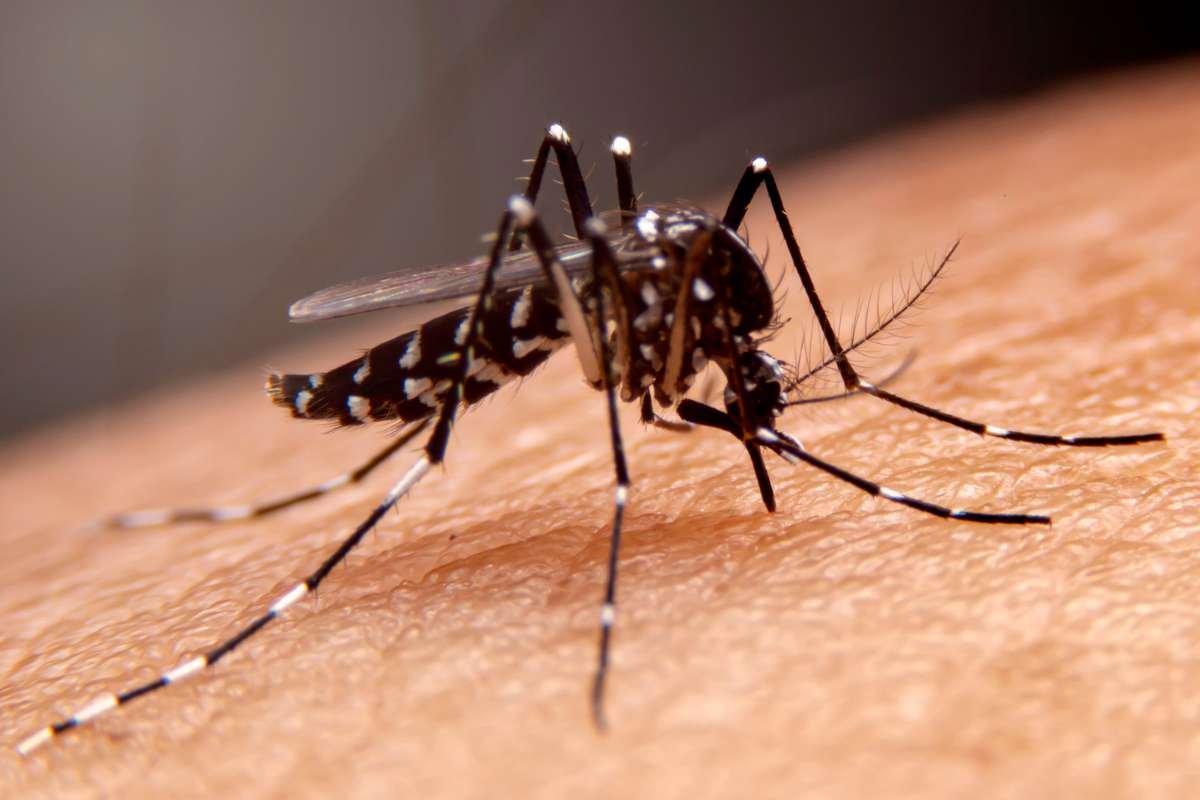Have you ever thought about the evolution of humans? Or how people evolved from primates to humans? Or which living beings first came to Earth? Or how humans looked in their early stages? The existence of dinosaurs and many more interesting questions cross our minds every time we sit alone. The science behind human evolution is called Biological anthropology. It is a fascinating subfield of anthropology that explores the biological and evolutionary aspects of the human species.
In this article, we will understand this term in detail, we will also explore the importance of studying this, its key areas, scopes, and more. Let’s dive into the fascinating world of human origin.
Understanding Biological Anthropology
Anthropology has multiple subfields, and biological anthropology which is also known as physical anthropology is one of them. It is a field that focuses on the biological evolution of humans, their ancestors, relatives, and other aspects of evolution. It examines the interplay between biology and culture and seeks to understand how evolutionary processes influence human physical variation, health, and behavior. It also deals with the variability and adaptations to environmental stresses. Using an evolutionary perspective, we examine not only the physical form of humans – the bones, muscles, and organs – but also how it functions to allow survival and reproduction.
“Man is an animal suspended in webs of significance he himself has spun”
― Clifford Geertz
Key Areas of Study in Biological Anthropology
1. Human Evolution
The evolutionary history of humans and their ancestors. This involves analyzing fossils, comparing skeletal remains, and using genetic data to trace the lineage and evolutionary changes that led to modern humans.
Future changes of any note will be in our minds, and what we do with them.
― Phillip Tobias
2. Primatology

The study of primates, including their behavior, genetics, and ecology. Understanding primates helps anthropologists gain insights into human evolution and the traits that humans share with their closest relatives.
3. Human Variation and Adaptation
Examining genetic diversity, physical characteristics, and adaptations to various environments, such as altitude, climate, and diet are the areas which are focussed.
4. Osteology
It is the most important area in which the study of bones is taught. The analysis of skeletal remains is done by osteologists, to determine the age, sex, health, and lifestyle of individuals or populations from archaeological sites. This study helps to reconstruct past human behavior and health patterns.
5. Paleoanthropology
The study of ancient human species through fossil records. Paleoanthropologists work to uncover the physical characteristics, behaviors, and environments of extinct hominins.
6. Forensic Anthropology
Forensic anthropologists apply its techniques to legal contexts. They assist in identifying human remains, determining the cause of death, and providing evidence in criminal cases.
Forensics I’ve always found absolutely fascinating. Anything to do with clues. And checking things out and solving.
― Sandra Bullock
7. Human Genetics
The study of human genetics, including population genetics and the genetic basis of traits. Research in this area helps us understand how genetics influences health, behavior, and the evolution of populations.
Importance of Studying Biological Anthropology

It is a vital field that explores the biological aspects of being human, providing a deeper understanding of our origins, diversity, and evolution. It provides valuable insights into the biological aspects of human existence. It helps us understand the origins and evolutionary history of humans by studying our ancestors so that we can gain knowledge about how modern humans came to be. Human health and disease are also a thing that helps to understand biological variation and can lead to better public health strategies and medical treatments tailored to specific populations. Last but not least cultural influences on biology are something that highlights the relationship between cultural practices and biological adaptations, emphasizing the interconnectedness of biology and culture.
What are the Scopes After Studying Biological Anthropology?
There are huge career opportunities in this field such as in the research sector, education sector, public health sector, conservation, and more. Skills such as critical thinking, research methodologies, and a deep understanding of human origin are applicable across many sectors.
1. Academic Researcher
Many biological anthropologists pursue their careers in academia, conducting research and teaching at schools and universities. Their prime focus areas are human evolution, primatology, or human genetics.
2. Forensic Anthropologists
They work with law enforcement agencies to analyze human skeletal remains in criminal cases. They assist in identifying victims, determining age and sex, and estimating the time since death.
3. Paleoanthropologist
This role involves studying ancient human fossils and artifacts to understand human evolution. Paleoanthropologists often work in research institutions or museums, conducting fieldwork and analyzing findings.
4. Primate Researcher
Focused on the study of primates, these researchers may work in zoos, wildlife reserves, or academic institutions, studying primate behavior, ecology, and evolution.
5. Public Health and Epidemiology
Biological anthropologists can work in public health, applying their knowledge of human variation and adaptation to address health disparities and develop targeted health interventions.
6. Conservation Biologist
In this role, biological anthropologists may focus on the conservation of primate species and their habitats, working with NGOs and governmental organizations to promote biodiversity.
7. Genetic Counselor
With a background in human genetics, biological anthropologists can work as genetic counselors, helping individuals understand genetic conditions and make informed decisions about their health.
8. Museum Curator or Educator

Museums often employ biological anthropologists to manage collections, design exhibits, and educate the public about human evolution and biological diversity.
9. Cultural Resource Management
These professionals work to preserve archaeological sites and cultural heritage, often collaborating with governmental and indigenous organizations to protect human history.
10. Health and Wellness Consultant
With insights into human biology and genetics, biological anthropologists can work in wellness programs, helping organizations develop strategies for improving health and lifestyle.
Conclusion
In conclusion, biological anthropology is a dynamic and interdisciplinary field that offers valuable insights into the fascinating world of various aspects of human evolution. By touching the rich history of human evolution by examining fossil records, studying primates, analyzing human variation, and exploring genetics, is something that provides immense knowledge to the world. Due to these studies, we will be able to understand our origin and our place in the natural world and it will continue to build our understanding of human evolution for generations to come.







